Water-Powered Vehicles: The Science, Myths, and Future of Hydrogen Fuel
Water-Powered Vehicles: Dream or the Next Big Breakthrough?
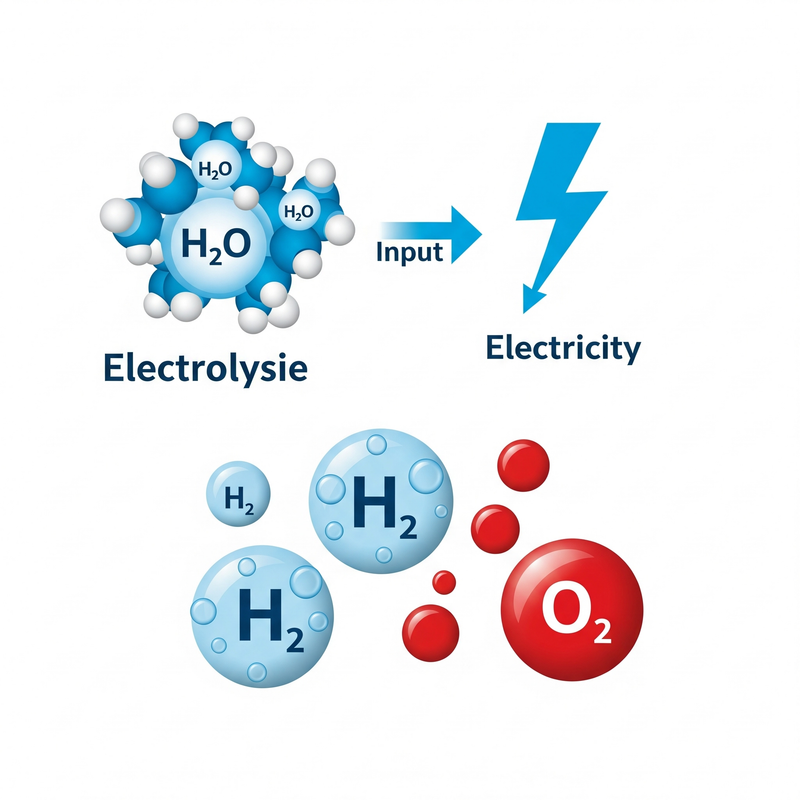
Introduction: A Future Fueled by Water?
Imagine a world where the fuel for your car flows freely from your tap. No petrol stations, no emissions, no endless trips to the pump—just water. It sounds revolutionary, even utopian. But is it scientifically possible? Can we truly power vehicles using water? And if so, why aren’t we doing it already?
This article explores the real science, existing technologies, and future possibilities of using water—more precisely, hydrogen from water—as a clean fuel for transportation.
1. The Myth vs. The Reality
Let’s be clear: no vehicle runs purely on water. Some viral claims and conspiracy theories suggest otherwise, but in physics, there’s no such thing as a free lunch. What’s real, however, is that hydrogen—a powerful fuel—can be extracted from water.
Water-powered vehicles are actually **hydrogen-powered vehicles**. Water is the source, not the fuel itself.
2. The Science Behind It: How Do We Get Fuel from Water?
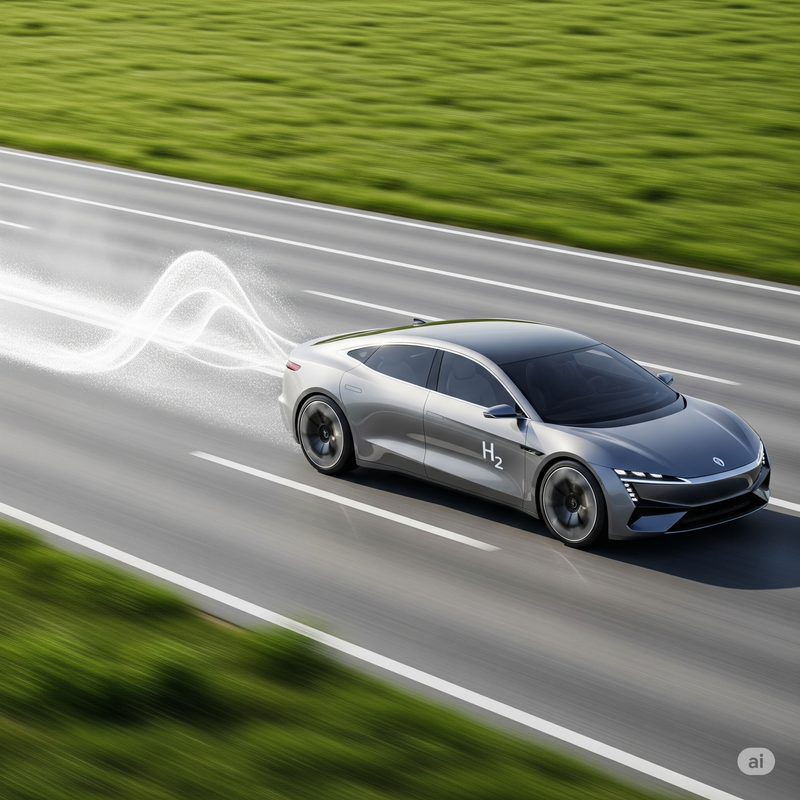
A. Electrolysis: Splitting the Molecule
Water (H₂O) is made up of hydrogen and oxygen. Through a process called **electrolysis**, we can split water into its basic elements:
$2H₂O → 2H₂ + O₂$
This process requires electricity, often from the grid or renewable sources.
The result is pure hydrogen gas (H₂), which can be stored and used as fuel.
B. Fuel Cells: Turning Hydrogen into Power
In a hydrogen **fuel cell**, the hydrogen gas reacts with oxygen from the air to produce electricity, heat, and water vapor:
$2H₂ + O₂ → 2H₂O + Electricity + Heat$
This electricity powers the vehicle's electric motor. Unlike internal combustion engines, fuel cells emit zero pollutants—only water vapor.
3. Real-World Vehicles That Use This Tech
Despite misconceptions, hydrogen vehicles are not science fiction. They exist and are in limited use today, though not yet widely available to the average consumer.
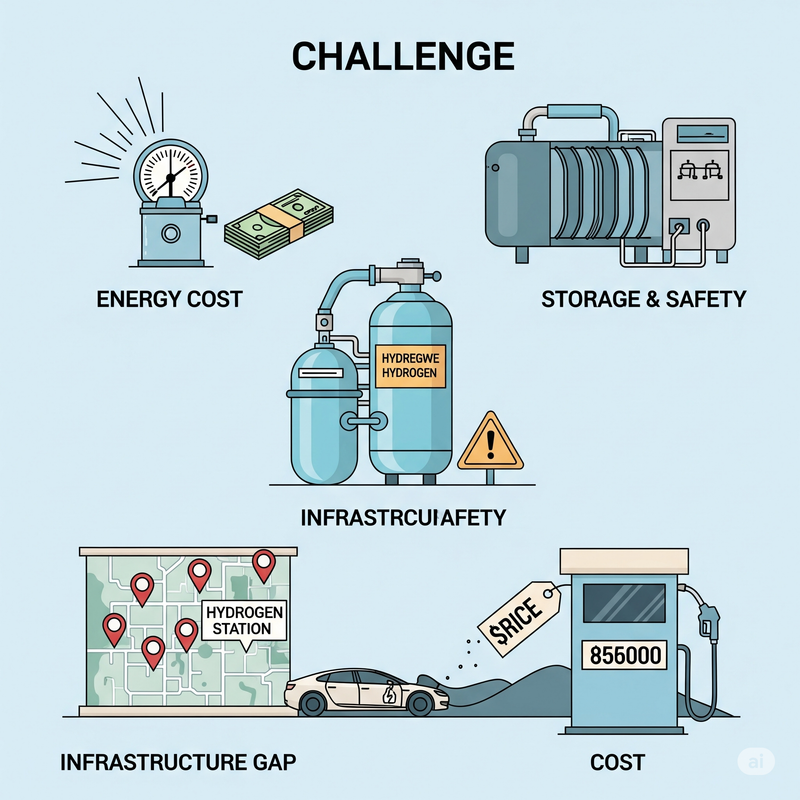
Examples of Commercial Hydrogen Vehicles:
- **Toyota Mirai** – Up to 650 km range, 3–5 minute refueling.
- **Hyundai Nexo** – SUV using advanced hydrogen fuel cells.
- **Honda Clarity Fuel Cell** – Discontinued in 2021, but pivotal in research.
- **Hydrogen-powered buses and trucks** – Used in Germany, China, Japan.
Industries Involved:
- **Aerospace:** NASA has used hydrogen fuel since the 1970s for rockets and spacecraft.
- **Shipping:** Companies are testing hydrogen for cargo ships.
- **Trains:** Alstom’s Coradia iLint hydrogen train runs in Europe.
4. Advantages of Hydrogen Vehicles
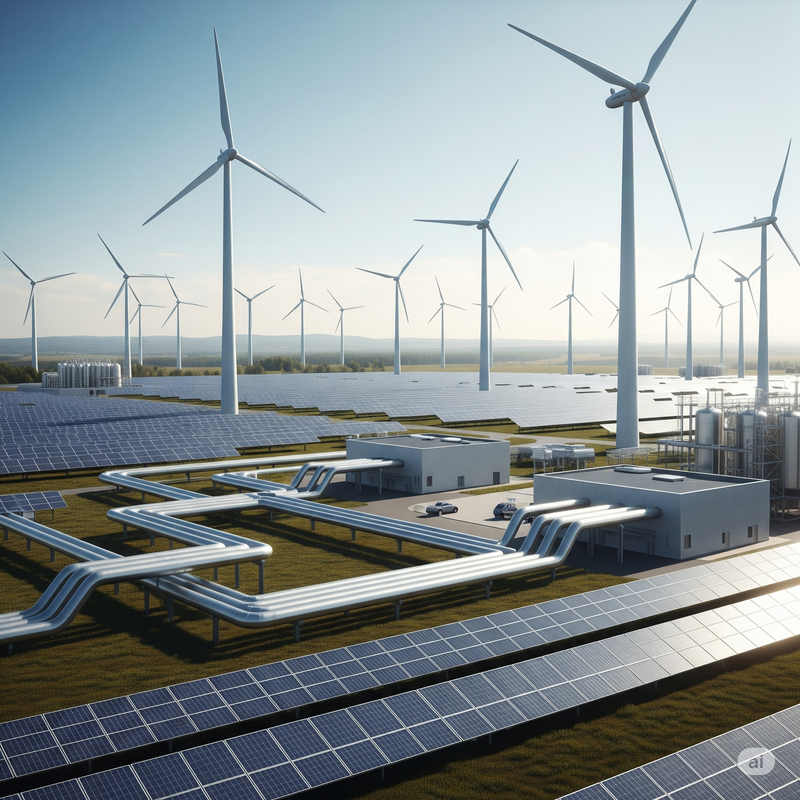
- **Zero Emissions:** No CO₂, no NOx—just water vapor from the tailpipe.
- **Quick Refueling:** Hydrogen tanks fill as fast as petrol tanks.
- **High Energy Density:** Hydrogen offers more range than many battery-electric vehicles (BEVs) for a given weight of fuel.
- **Ideal for Heavy Transport:** Trucks, buses, and trains benefit more from hydrogen's energy density than batteries, which can be too heavy and slow to charge for these applications.
5. The Challenges Holding Back Water-Fueled Vehicles
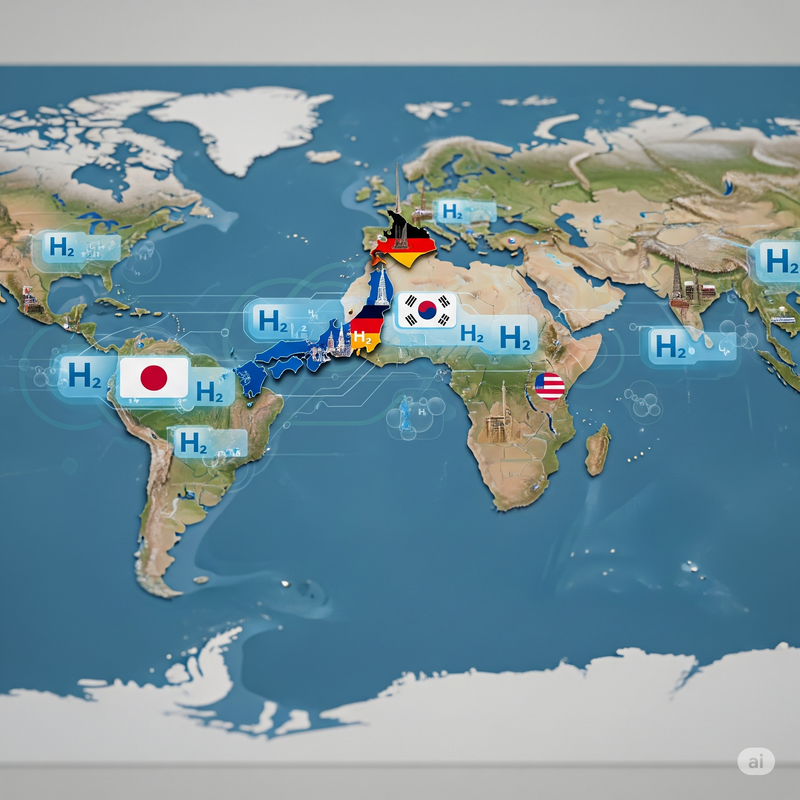
A. Energy Cost of Electrolysis
Electrolysis is energy-hungry. Currently, it takes more energy to produce hydrogen than what you get from using it. That’s a major barrier to widespread, cost-effective adoption.
B. Storage and Safety
Hydrogen is:
- The lightest element, making it notoriously difficult and costly to compress and store densely.
- Highly flammable, requiring secure handling and robust safety protocols.
- Expensive to transport, often needing cryogenic or high-pressure tanks.
C. Infrastructure Gap
There are fewer than 100 hydrogen refueling stations in most countries, compared to tens of thousands for petrol or even rapidly expanding EV charging networks. This "chicken or egg" problem hinders consumer adoption.
D. Cost
Fuel cell vehicles and hydrogen production are still significantly more expensive than traditional gasoline or battery-electric options, making widespread adoption difficult for the average consumer.
6. What About “Infinite Energy” from Water?
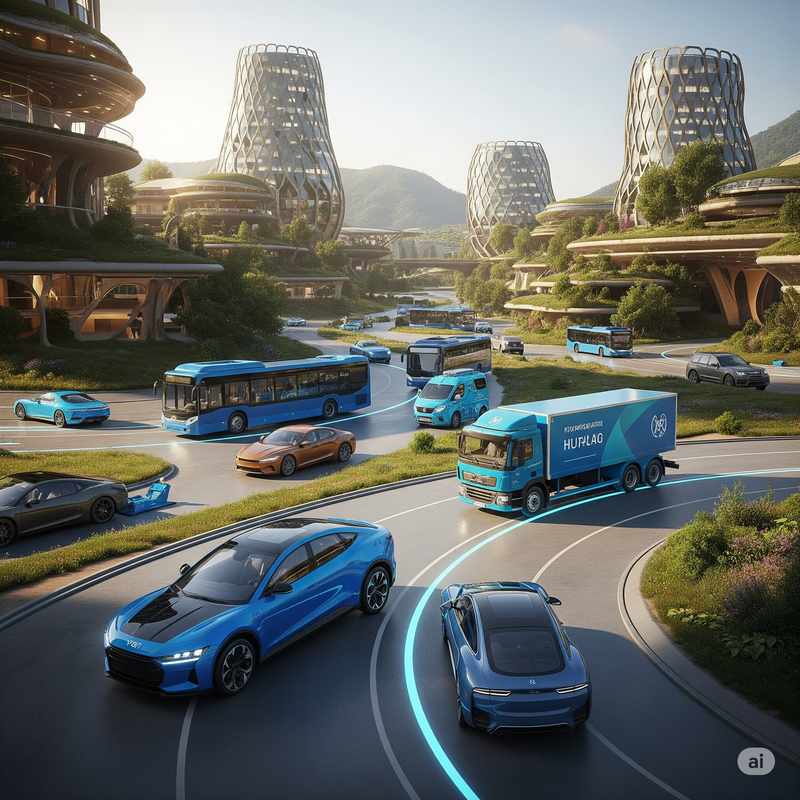
This is where science must be respected.
Some claim that by extracting hydrogen from water, using it as fuel, and getting water again—you could create a loop of infinite energy. That’s false and directly violates the **First Law of Thermodynamics**:
You cannot get more energy out of a system than you put in.
Each step in the cycle (electrolysis, storage, conversion in the fuel cell) involves energy loss—mostly as heat. So you always need an external energy input (like solar or nuclear power) to keep the system running.
Water is not a fuel; it’s a carrier—only useful when split using external energy.
7. The Future of Water-Based (Hydrogen) Transportation
A. Green Hydrogen
Produced using renewable electricity (solar, wind), **green hydrogen** could make fuel cell vehicles truly sustainable. Several countries are investing billions into green hydrogen infrastructure and production to decarbonize heavy industries and transport.
B. Solid Hydrogen Carriers
Research is underway on metal hydrides and ammonia-based storage to make hydrogen safer, denser, and easier to transport and store.
C. Hybrid Systems
Future vehicles may combine hydrogen fuel cells with traditional batteries for flexible and efficient energy use, leveraging the strengths of both technologies.
8. Countries Leading the Hydrogen Revolution
- **Japan:** Hydrogen is a core part of its national energy strategy, aiming for a "hydrogen society."
- **Germany:** Leading in the deployment of hydrogen trains and buses.
- **South Korea:** Hyundai is a key player, developing hydrogen trucks and pushing for global adoption.
- **USA:** The Department of Energy is funding large-scale hydrogen hubs and research projects to drive down costs.
9. Latest Advancements in Hydrogen Fuel Cell Technology and Water Electrolysis (2025)
- **Breakthrough in Electrolyzer Efficiency:** Researchers at the University of Wollongong have developed an electrolyzer achieving 95% efficiency, significantly reducing energy waste compared to current commercial models. This innovation is attracting global interest as green hydrogen is essential for decarbonizing sectors like steel, shipping, and aviation [1].
- **Chemical-Assisted Water Electrolysis:** Chemical-assisted electrolysis enables hydrogen production at lower voltages by substituting water oxidation with chemical reactions involving ammonia, alcohol, urea, and hydrazine. This reduces energy consumption and can generate valuable by-products.
- **Advancements in Electrolyzer Technology:** Recent improvements in electrolyzer design are reducing costs, improving efficiency, and extending lifespan—making green hydrogen more economically viable.
- **Extended Fuel Cell Lifespan:** UCLA researchers have developed catalysts that extend fuel cell lifespans beyond 200,000 hours, which is critical for heavy-duty uses like long-haul trucking where durability is paramount [2].
- **Global Initiatives and Infrastructure Development:** India is building a a $1.3 billion green hydrogen and ammonia facility to produce 180,000 tons annually by 2029 [3]. Meanwhile, the USA’s Department of Energy aims to reduce hydrogen production costs to $1 per kilogram by 2031, supporting clean hydrogen technologies across the board [4].
Conclusion: A Bold Step Toward Clean Transport
Water-powered vehicles—more accurately, **hydrogen-powered vehicles derived from water**—are real, but not magical. They represent a fascinating and cleaner future for transportation, but come with serious engineering and economic challenges. While they won't run "on water" directly, the advancements in green hydrogen production and fuel cell technology show a promising path toward a world where our thirst for energy might just be quenched by the most abundant element in the universe.
What are your thoughts on hydrogen vehicles? Do you think they'll replace battery EVs or internal combustion engines? Share your predictions in the comments below!
Subscribe to Science by Rao for more deep-dive explorations of our future in space and the universe's greatest mysteries.
References:
- University of Wollongong. (2023, June 20). *Breakthrough in Electrolyzer Efficiency Achieves 95%*. https://media.uow.edu.au/releases/UOW279580.html
- Chen, S., Yang, Y., Wan, B., & Chen, J. (2023, April 19). *UCLA-led research extends fuel cell lifespan to 200,000 hours*. UCLA Samueli School of Engineering. https://samueli.ucla.edu/ucla-led-research-extends-fuel-cell-lifespan-to-200000-hours/
- H2 View. (2024, May 15). *ACME to build $1.3bn green hydrogen and ammonia facility in India*. https://www.h2-view.com/story/acme-to-build-1-3bn-green-hydrogen-and-ammonia-facility-in-india/
- U.S. Department of Energy. (n.d.). *Hydrogen Shot*. Energy.gov. https://www.energy.gov/eere/fuelcells/hydrogen-shot
Comments
Post a Comment